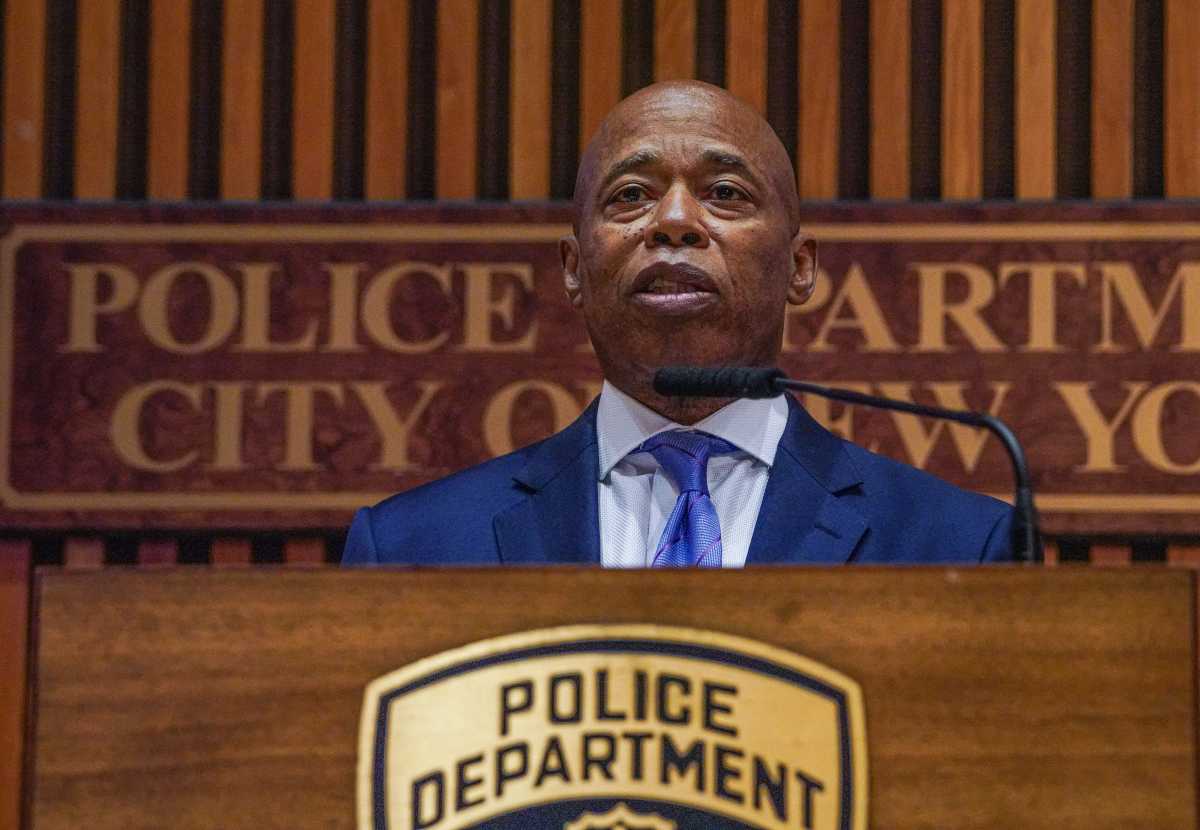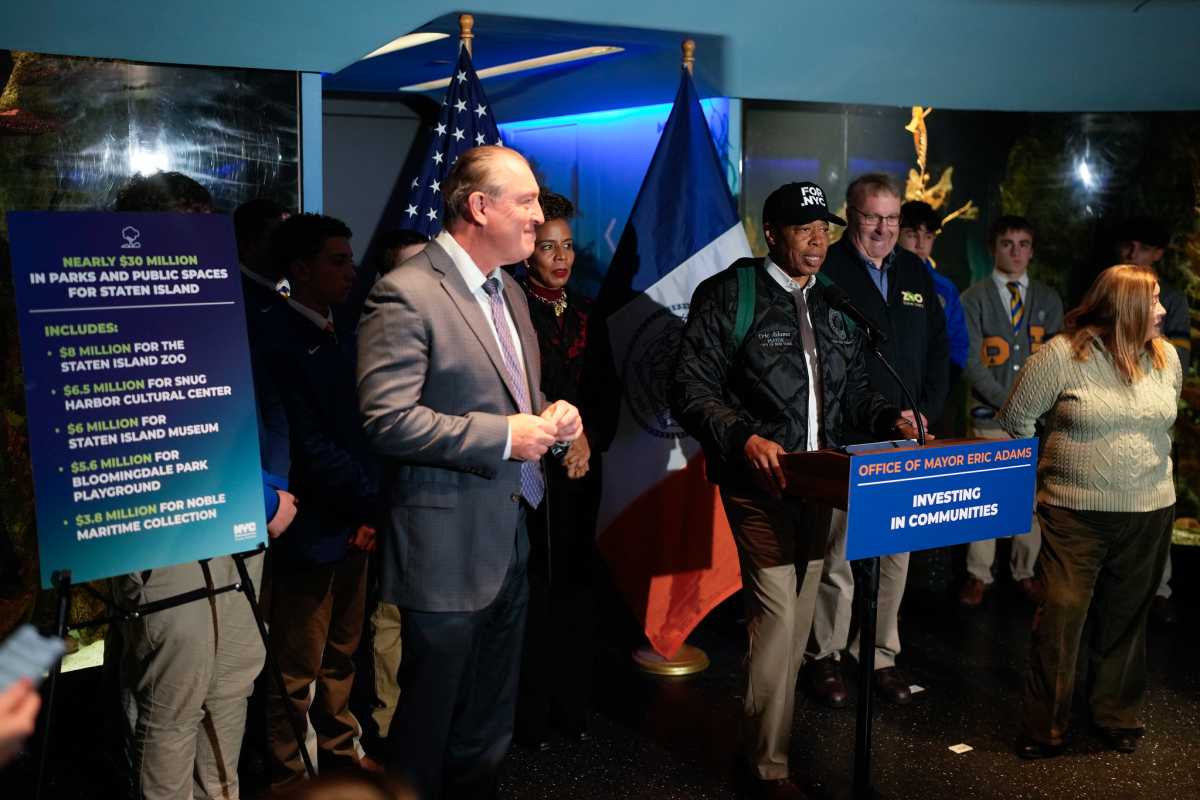By Larry Penner
Let us all wish a Happy 184th anniversary to the Long Island Rail Road.
On April 24, 1834, the LIRR was officially chartered by the state of New York. In 1900, the Pennsylvania Railroad bought a controlling interest as part of its plan for direct access to Manhattan, which began on Sept. 8, 1910. The Pennsylvania Railroad subsidized the LIRR into the late 1940s. This provided the financial basis for support of expansion and upgrades to service and infrastructure.
At the end of World War II, there began a decline of our LIRR with a corresponding loss of farebox revenues. The Pennsylvania Railroad began to reduce financial support as well. This played a part in the LIRR going into receivership in 1949. In recognition of the role the LIRR played in the economy of both Long Island and New York City, New York state began providing financial assistance to the LIRR in the 1950s and 1960s.
The “Line of the Dashing Dan” was officially chartered on April 24, 1965 by the state. Prior to 1965, the LIRR derived almost 100 percent of its funding for both capital and operating expenses from fares. Chartered by the state Legislature in 1965 as the Metropolitan Commuter Transportation Authority, it was created to purchase and operate the bankrupt LIRR.
In 1966, New York state bought the railroad’s controlling stock from the Pennsylvania Rail Road and put it under the newly formed Metropolitan Commuter Transportation Authority. The MCTA changed its name to the Metropolitan Transportation Authority in 1968 when it took over operations of the New York City Transit Authority.
With MTA subsidies, the LIRR modernized further and grew into the busiest commuter railroad in the United States. Over the past 50 years, several billion dollars in combined county, city, state and federal taxpayer-generated dollars have subsidized both the capital and operating costs for the LIRR.
Riders must remember that fare hikes are periodically required if the MTA is to provide the services millions of New Yorkers use daily. They are inevitable due to inflation, along with increasing costs of labor, power, fuel, supplies, materials, routine safety, state of good repair, replacement of worn out rolling stock, upgrades to stations, yards and shops along with system expansion projects necessary to run any transit system.
Half-hour weekly and weekend service on the Port Washington LIRR branch proves why it pays for my wife and me, along with many of our neighbors, to live in Great Neck and northeast Queens. It is easier seven days a week to attend Met games, other Citi Field events, the US Open at Arthur Ashe Stadium, Flushing Meadows Park, Queens Zoo, Madison Square Garden activities and Broadway shows on a regular basis. Those of us in the know already had moved to communities adjacent to the Long Island Rail Road’s Port Washington branch stations years or even decades ago. The Little Neck, Douglaston, Bayside and Auburndale school district in Queens is ranked among the best in the Metropolitan New York area. We have great air quality along with a low crime rate, abundant parks, libraries, shopping, entertainment, movie theaters, hospitals and medical facilities.
Riders on the Port Washington branch have far more abundant seating and a quick 30-minute-or-less trip into Penn Station without having to change at Jamaica as LIRR commuters on other branches may do. Port Washington branch riders miss most service disruptions.
In the end, the quality and frequency of service are dependent upon secure revenue streams. We all have to contribute — be it at the fare box or tax revenues generated by different levels of government redistributed back to the MTA.
TANSTAFFL or “There Ain’t No Such Thing As A Free Lunch,” or in this case, a free ride
Larry Penner
Great Neck




































